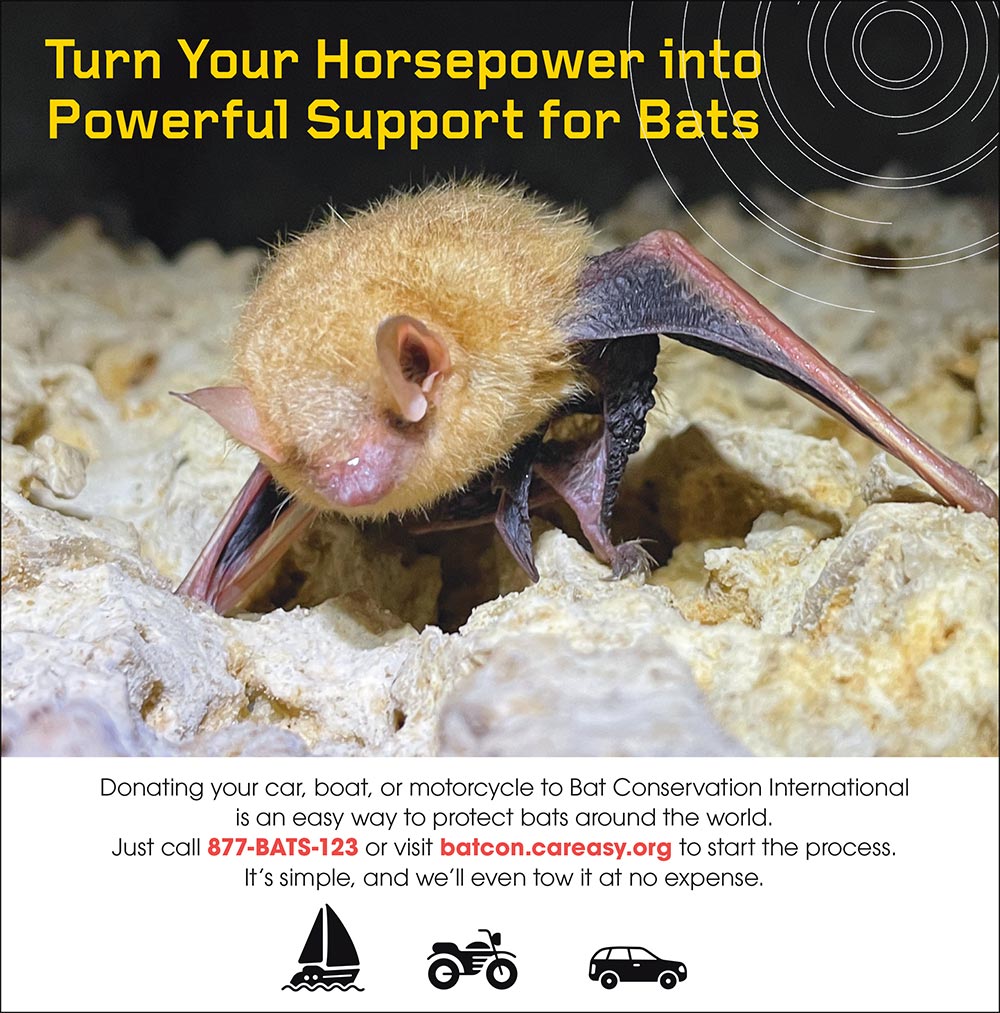Bat Conservation International Bats Magazine
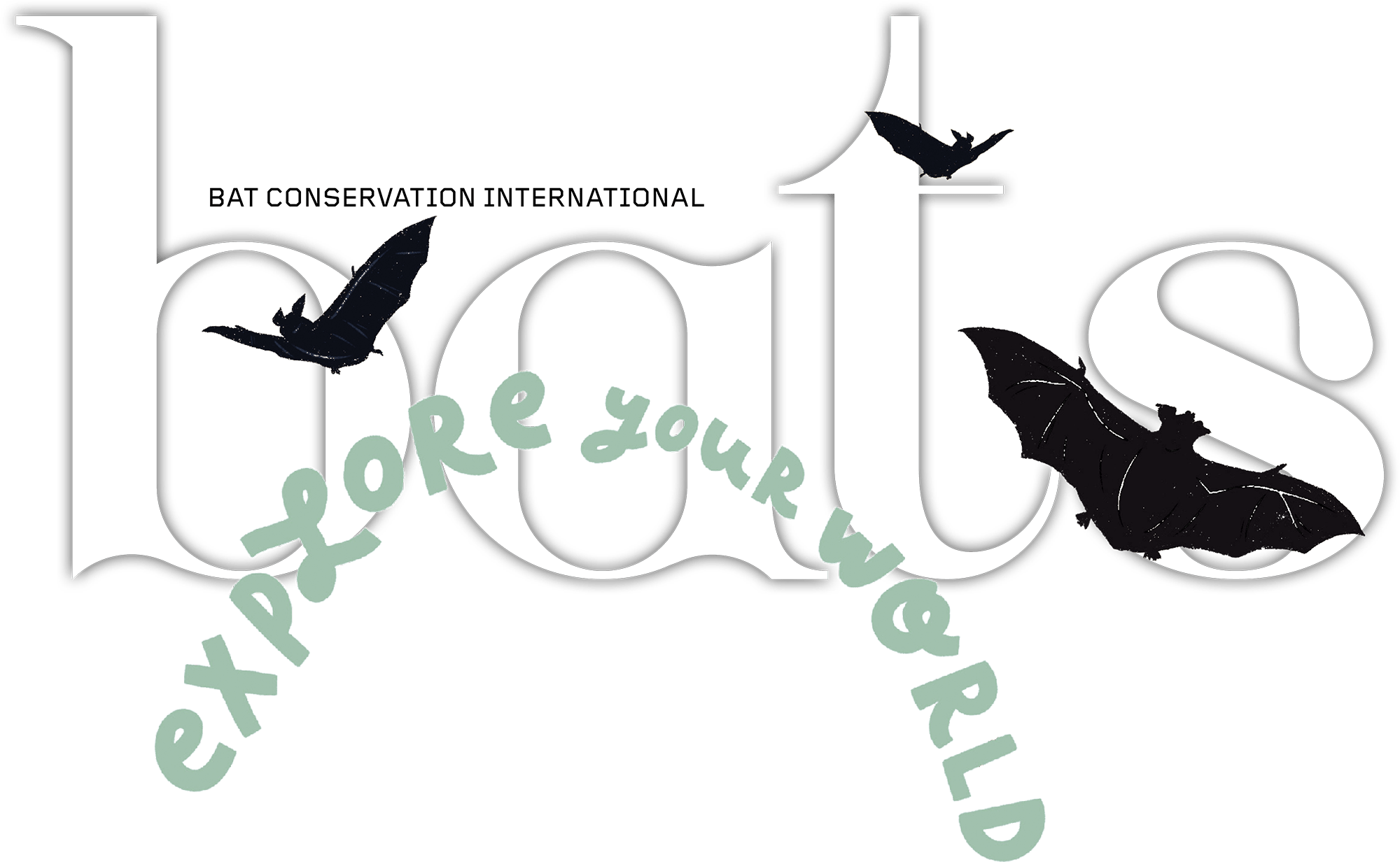
program promoting
STEM careers
features three
BCI scientists

Inside this Issue

Features
12The volunteers of bracken cave preserve
Departments
news & updates
- White-nose Syndrome endangers northern long-eared bat
- Cave purchase protects Jamaican flower bat
- Finding solutions in Texas
- 2021 Annual Report now available
- Celebrate International Bat Night with a bat flight
- Mapping New Mexico’s Lake Valley Mine
- Student scholar works to protect Fijian free-tailed bat
- Reducing bat fatalities at wind turbines

ON THE COVER: Dr. Tina Cheng, Bat Conservation International Data Scientist, is one of three BCI scientists who are part of the “I Am a Scientist” initiative to encourage young people to pursue STEM careers.
Image: Eira Gemanil for I Am a Scientist


Recovering America’s Wildlife Act
he United States Senate is considering one of the most important conservation bills in decades, with a real opportunity to make a lasting impact for the future of America’s wildlife.

Bat Conservation International (BCI) is a 501(c)(3) organization dedicated to protecting bats and their essential habitats around the world. A copy of our current financial statement and registration filed by the organization may be obtained by contacting our office in Austin, Texas, below, or by visiting batcon.org.
500 North Capital
of Texas Highway,
Building 1
Austin, TX 78746
512.327.9721
1012 14th Street,
NW Suite 905
Washington, D.C. 20005
512.327.9721
Kristen Pope
Javier Folgar
Michelle Donahue / Proofreader
Publication Management GLC, part of SPM Group
Bats Magazine welcomes queries from writers. Send your article proposal in a brief outline form and a description of any photos, charts, or other graphics to the Editor at pubs@batcon.org.
Members: We welcome your feedback. Please send letters to the Editor to pubs@batcon.org. Changes of address may be sent to members@batcon.org or to BCI at our Austin, Texas, address above. Please allow four weeks for the change of address to take effect.
Chair
Dr. Andrew Sansom,
Vice Chair
Don Kendall, Treasurer
Eileen Arbues, Secretary
Dr. Gerald Carter
Gary Dreyzin
Dr. Brock Fenton
Timo Hixon
Maria Mathis
Dr. Shahroukh Mistry
Sandy Read
Dr. Nancy Simmons
Jenn Stephens
Roger Still
Dr. Enrico Bernard
Dr. Sara Bumrungsri
Dr. Gerald Carter
Dr. Liliana Dávalos
Dr. Brock Fenton
Dr. Tigga Kingston
Dr. Stuart Parsons
Dr. Paul Racey
Dr. Danilo Russo
Dr. Nancy Simmons
Dr. Paul Webala
Mike Daulton, Executive Director
Mylea Bayless, Chief of Strategic Partnerships
Karen “Kay” Carney, Chief Marketing Officer
Dr. Winifred Frick, Chief Scientist
Michael Nakamoto, Chief Operations Officer
Kevin Pierson, Chief of Conservation and Global Strategy
Visit BCI’s website at batcon.org and the following social media sites:


Northern Long-eared Bat May Soon Be Listed as Endangered
Northern long-eared bats have declined by 97–100% on average, where 100% means the species will completely disappear where WNS has invaded.
At this severe rate of decline, and with WNS quickly spreading across the range of the northern long-eared bat, the species could face extinction. For this reason, the U.S. Fish and Wildlife Service has proposed changing the species’ classification from Threatened to Endangered. The proposal was published in March 2022, and a final listing decision is expected in November of this year.
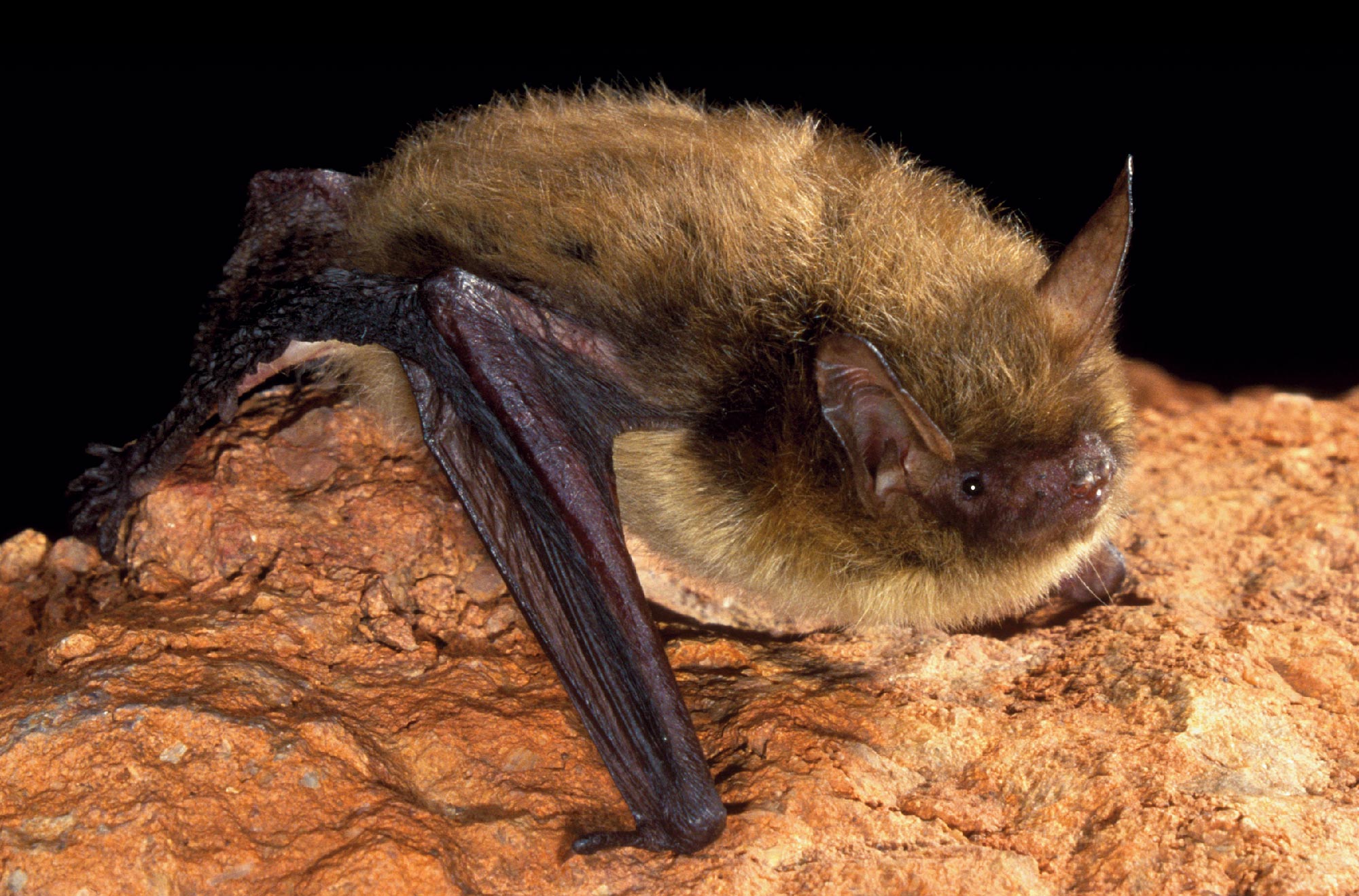
batsignals

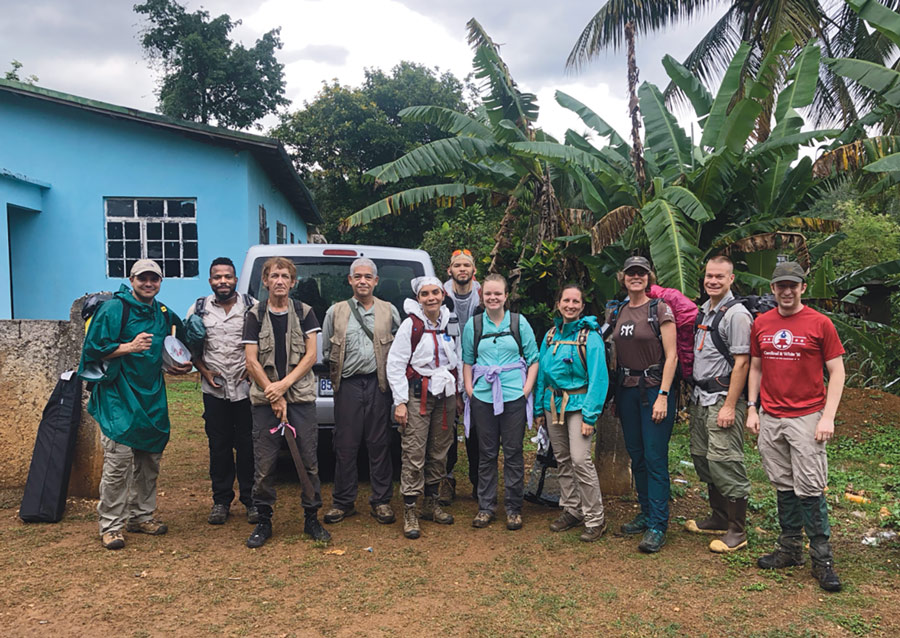
Cave Purchase Protects Jamaican Flower Bat
Working to Find Solutions in Texas
The team has offered advice on how to professionally and humanely exclude bats from the building, and to repair TDCJ-constructed bat houses to provide effective alternative roosting spots. TPWD will support the community by coordinating resources for professional bat exclusion and rehabilitation.

Florida Bonneted Bat
Binomial
Family
Colony size
Weight
Wingspan
Diet
Status

f you were to spot an Endangered Florida bonneted bat (Eumops floridanus) one evening, the first thing you’d notice about it would probably be its size. It’s the largest bat in the state, with a wingspan of roughly 20 to 21 inches. There isn’t much of a difference in size between the males and the females, so you probably wouldn’t be able to tell, at least from a distance, what sex you spotted.
But as it flew above you, looking for insects to eat, you might also notice the peculiar shape of its ears. The bats really do look like they’re wearing little, furry, bat-sized brown bonnets.

I Am a Scientist



r. Kristen Lear collects refrigerator magnets when she travels, is a prolific list-maker, loves weightlifting and yoga, and believes that art can help change the way we feel about wildlife. Dr. Lear, Bat Conservation International (BCI) Agave Restoration Program Manager, is one of three BCI scientists featured in a new, dynamic, and innovative outreach program called “I Am A Scientist” (IAAS), intended to guide middle school and high school students toward careers in science.
Dr. Lear—along with Dr. Melquisedec Gamba-Ríos, BCI Endangered Species Interventions Fellow, and Dr. Tina Cheng, BCI Data Scientist—are scientists with impressive doctoral degrees, awards, and accolades. But it is their work in bat conservation, along with their other interesting pursuits, that makes them great model scientists for the program, according to IAAS co-creator Stephanie Fine Sasse, who established the program with Dr. Nabiha Saklayen.

The Volunteers of Bracken Cave
very summer, 20 million Mexican free-tailed bats (Tadarida brasiliensis) make Bracken Cave their home. The world’s largest bat maternity colony, where females give birth to their pups and raise them, is nestled in Bracken Cave Preserve, near San Antonio, Texas. In 1992, Bat Conservation International (BCI) purchased the cave and 4.7 surrounding acres, making this year the 30th anniversary of BCI’s management of the cave.
Throughout the years, BCI has worked with The Nature Conservancy and other partners to protect an area around the cave, and the preserve is now 1,458 acres.


Unlocking a Mysterious Subterranean World
Here, Bat Conservation International (BCI) is conducting a large-scale LiDAR (light detection and ranging) scanning project to better understand the site and facilitate conservation. Similar to sonar or radar, LiDAR technology uses light rather than sound to create detailed images of spaces that are otherwise difficult to map.

Saving the Fijian Free-tailed Bat
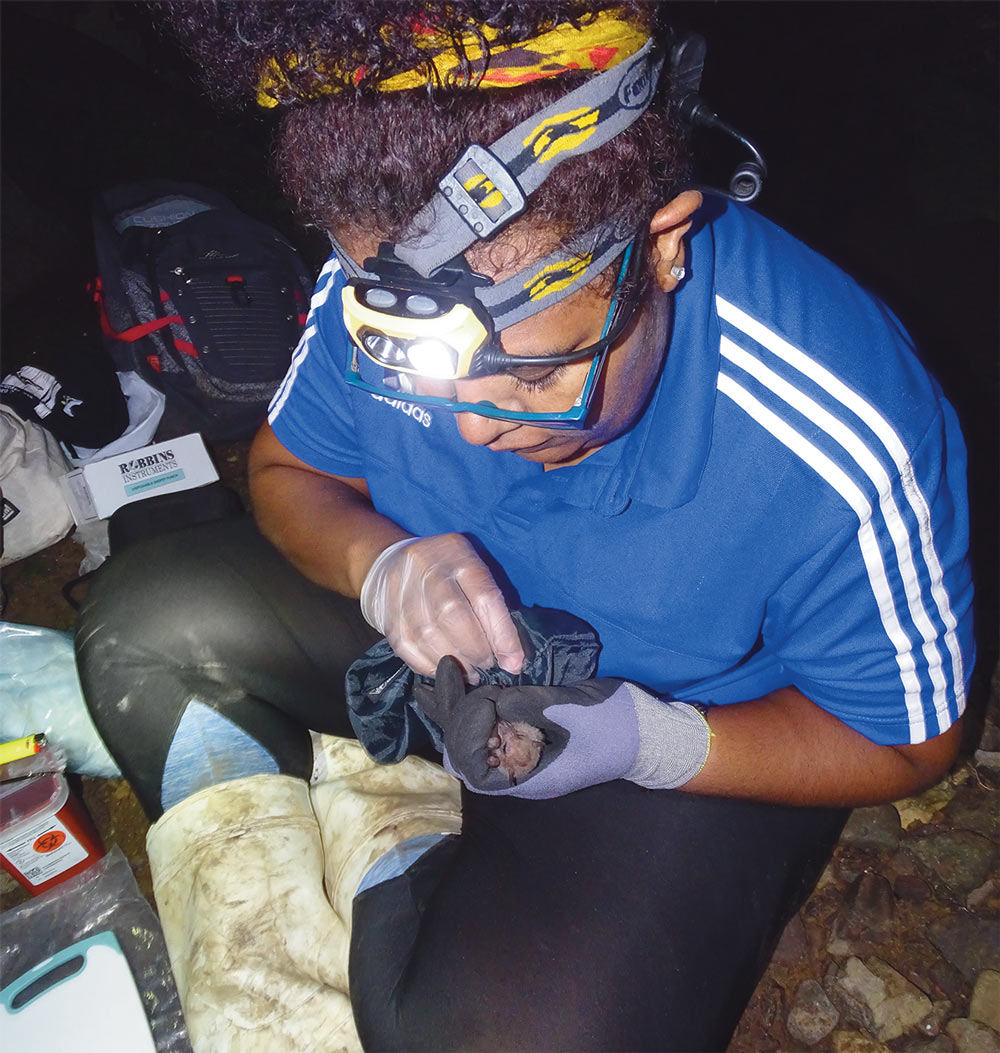
When the pandemic hit, Tikoca found herself stuck in South Australia, where she is working on her doctorate degree at the University of Adelaide. During this time, she coordinated more Zoom calls than she can count, all while preparing to return to her homeland of Fiji to resume her field work as soon as she could.

Flying Bats, Spinning Blades
Researchers believe that bats are somehow attracted to wind turbines. This means as wind energy development expands rapidly, the problem of bat fatalities is becoming more widespread.
fieldnotes

Restoring Agave
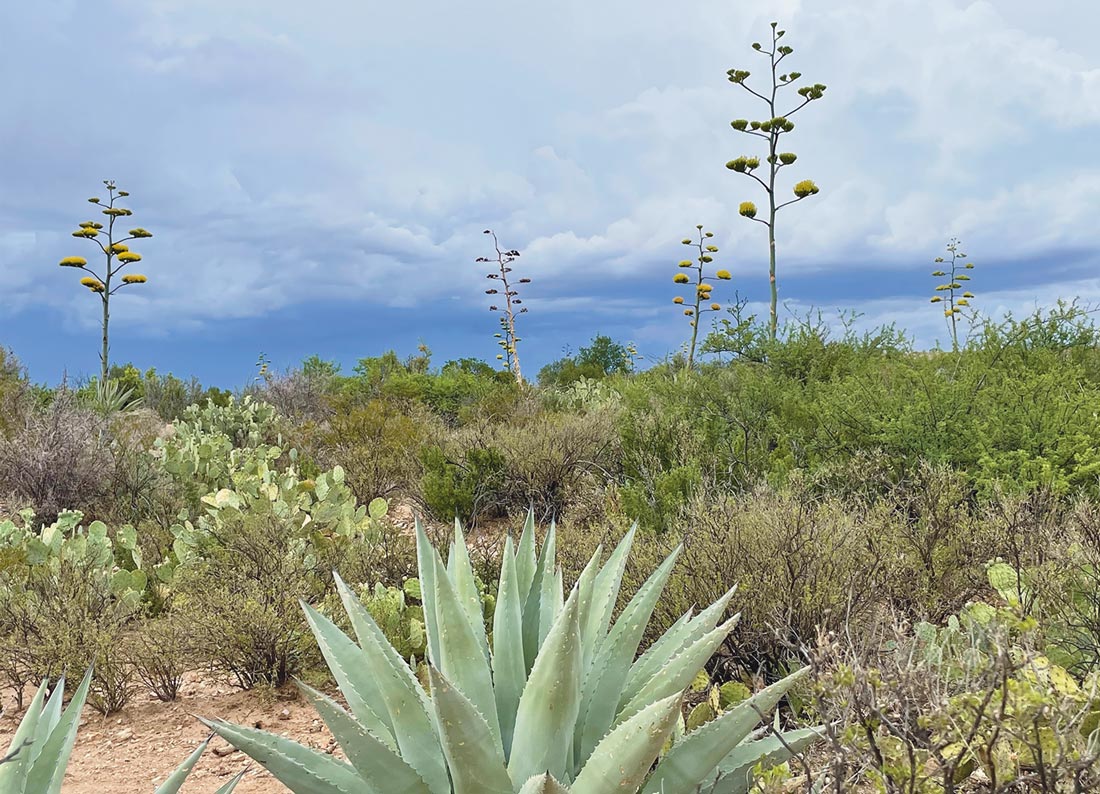

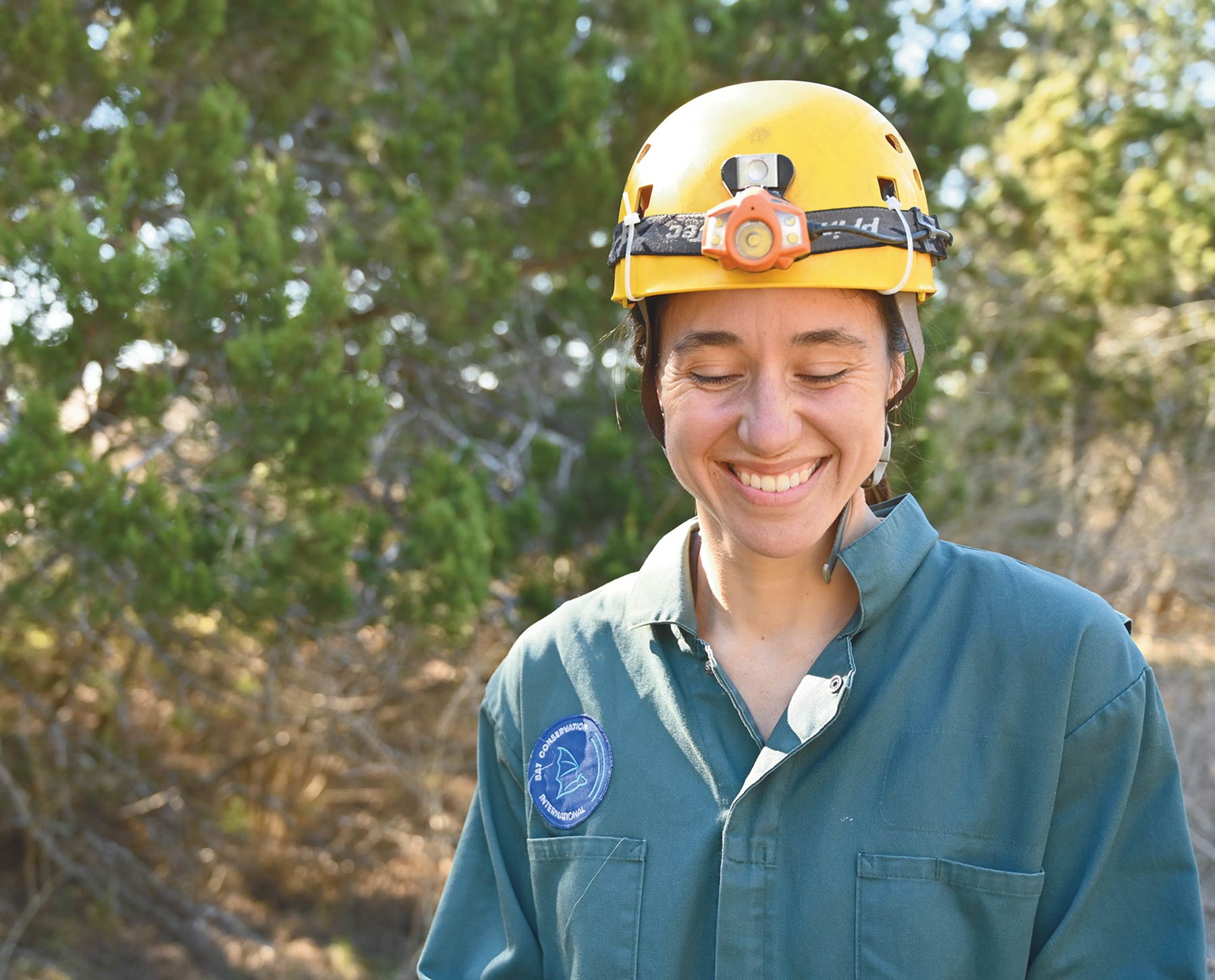
One Health: Linking It All Together
r. Luz A. de Wit had somewhat of an unconventional journey to bat conservation work. First, she went to veterinary school, then studied conservation medicine before eventually getting her Ph.D. in ecology and evolutionary biology. Then, for many years, she studied invasive cats and their role in the spread of disease. Today, she’s one of the newest researchers at Bat Conservation International (BCI)—and she’s helping bring One Health approaches to bat conservation.
What is the One Health initiative?

Create a Tasty Meal with Help from Bats
few years ago, Bat Week partners, including Bat Conservation International (BCI), put together the Celebrating Bats Cookbook, featuring recipes that use “bat-dependent foods.” Now, even more bat-dependent recipes are up on the Bat Week website to enjoy, celebrating cuisine from South, Central, and North America.
Learn how bats help prepare each meal, whether by pollinating, dispersing seeds, or gobbling up the pests that eat the crops. Make these fun recipes with your family—kids should always have a parent’s help. Follow the links above to learn more about these recipes and to find other recipe options.

See the original Celebrating Bats Cookbook: batweek.org/CelebratingBatsCookbook
Check out the latest recipes: batweek.org/cookbook
few years ago, Bat Week partners, including Bat Conservation International (BCI), put together the Celebrating Bats Cookbook, featuring recipes that use “bat-dependent foods.” Now, even more bat-dependent recipes are up on the Bat Week website to enjoy, celebrating cuisine from South, Central, and North America.
Learn how bats help prepare each meal, whether by pollinating, dispersing seeds, or gobbling up the pests that eat the crops. Make these fun recipes with your family—kids should always have a parent’s help. Follow the links above to learn more about these recipes and to find other recipe options.





